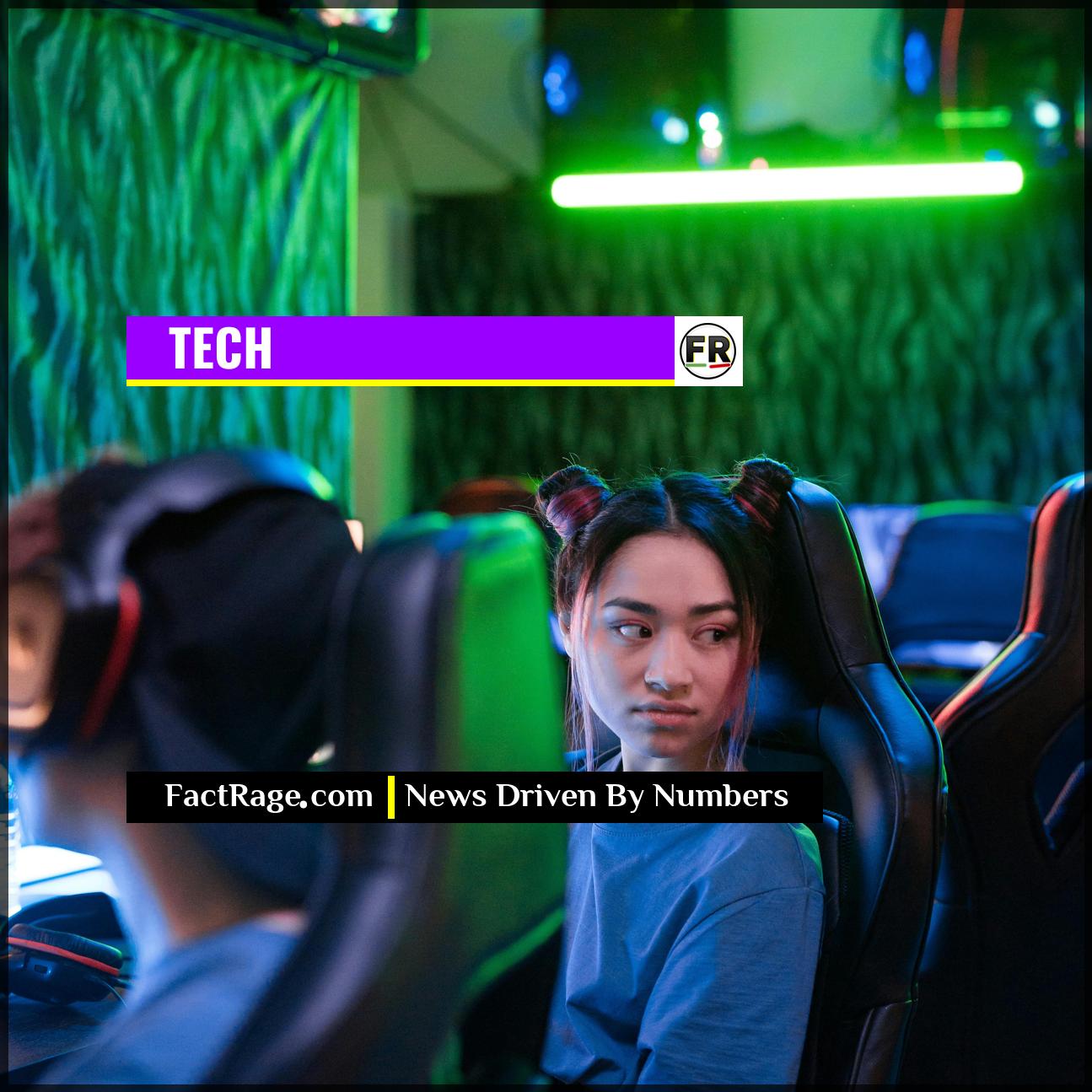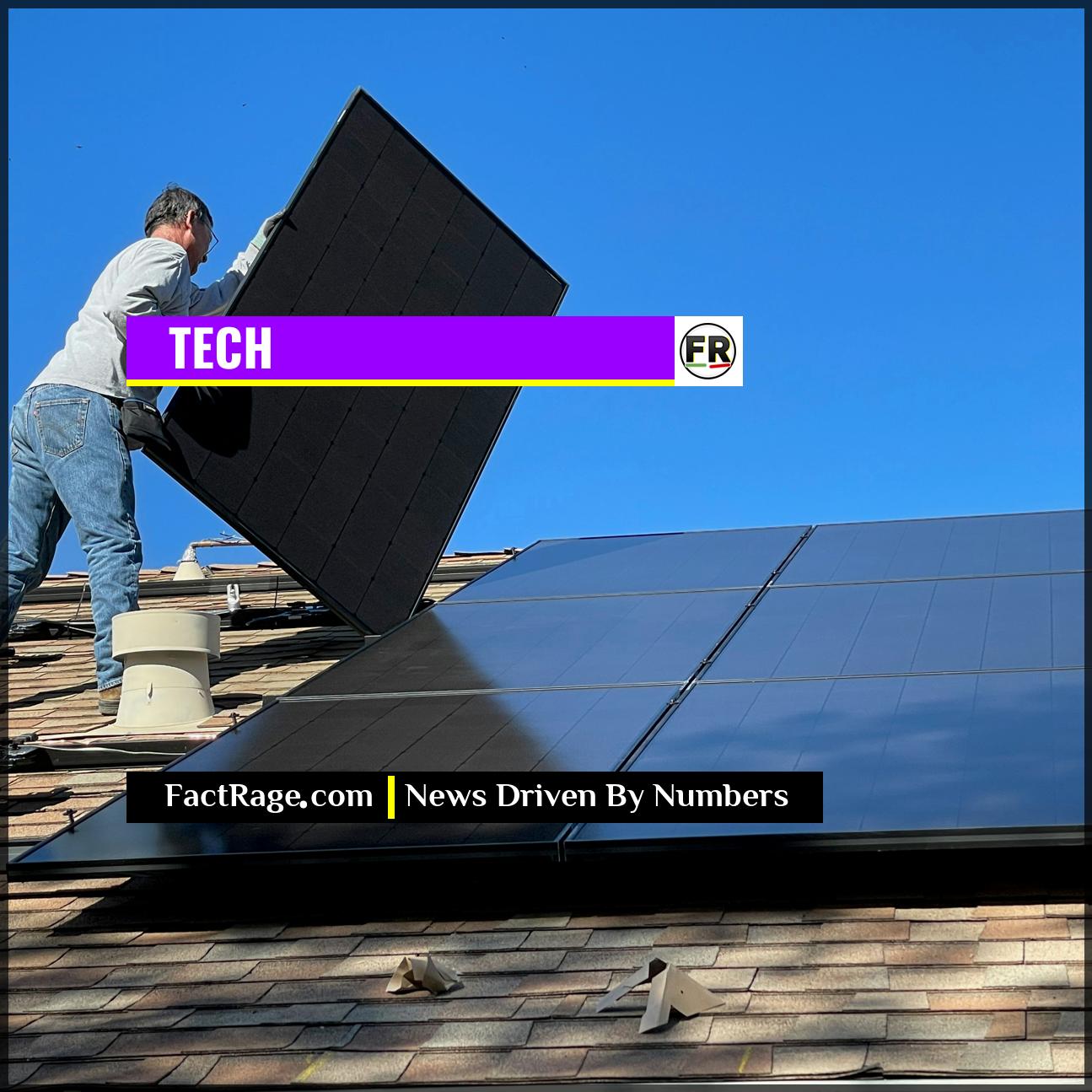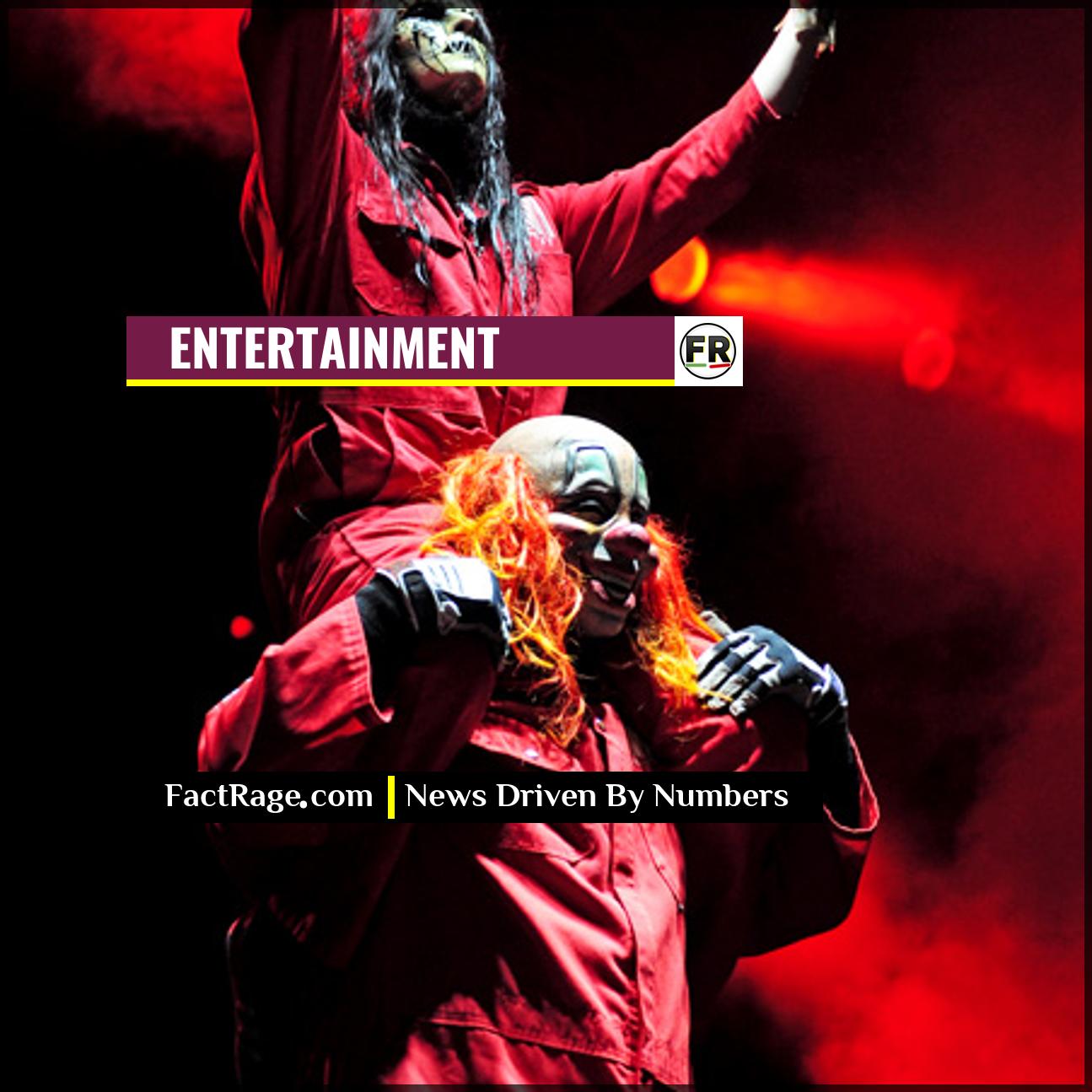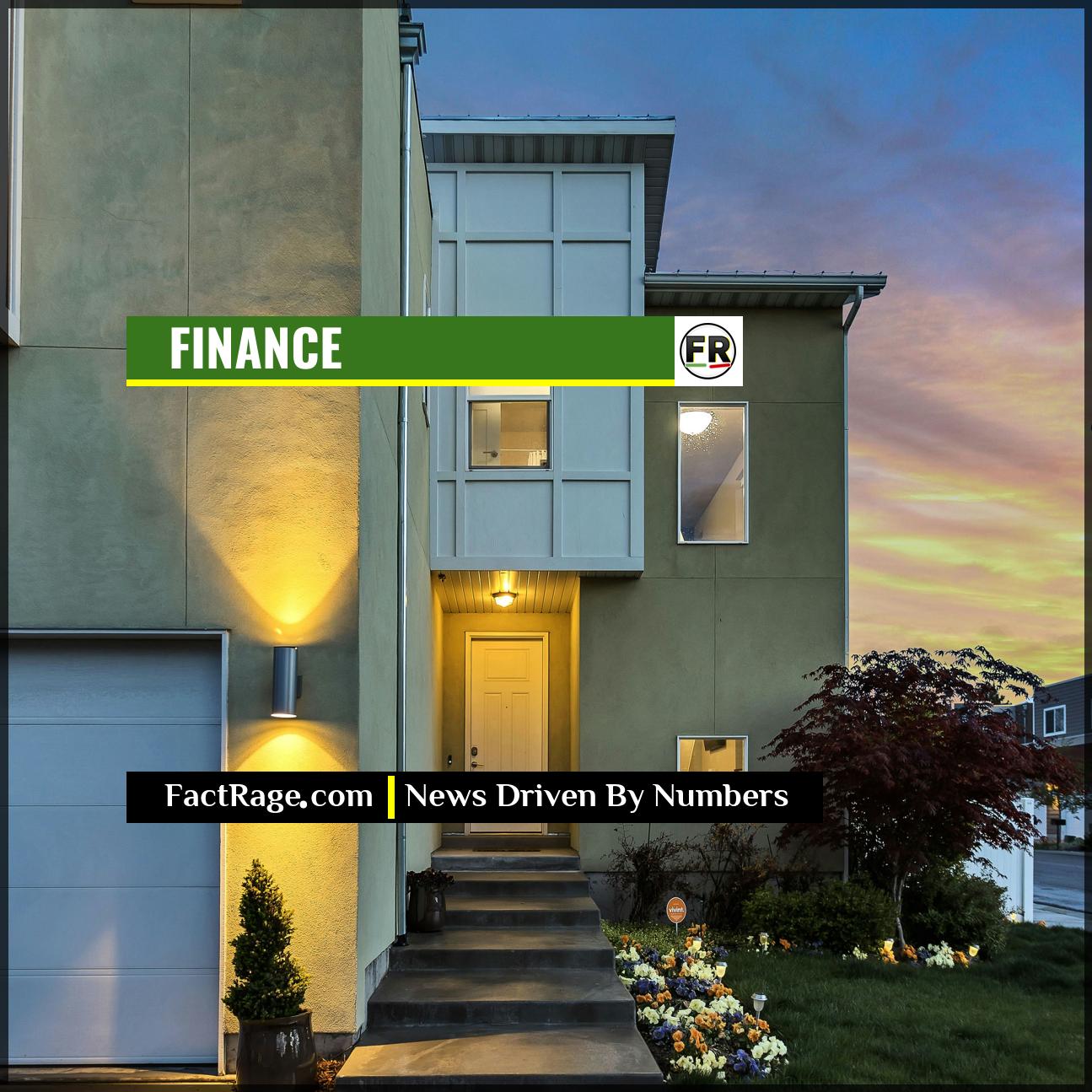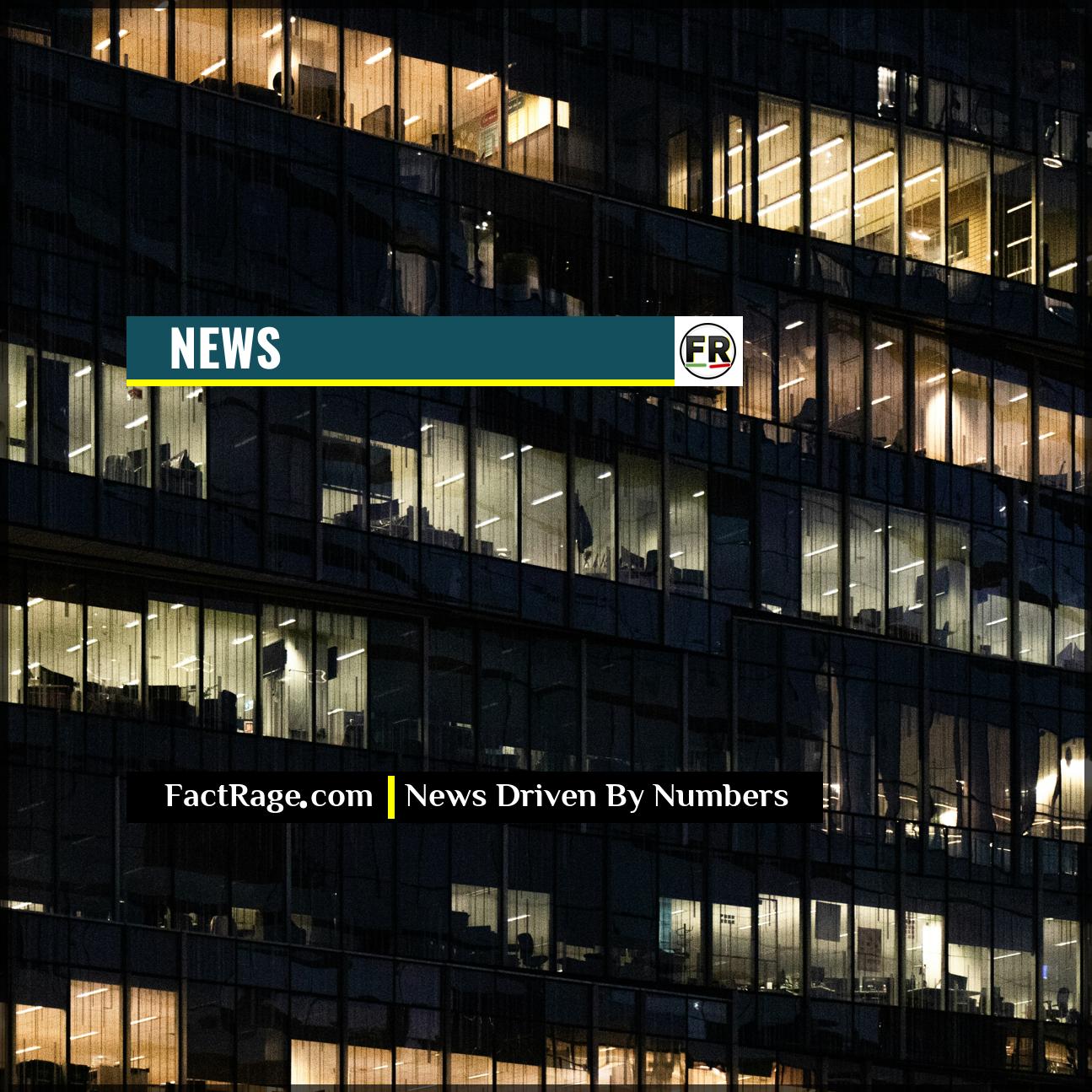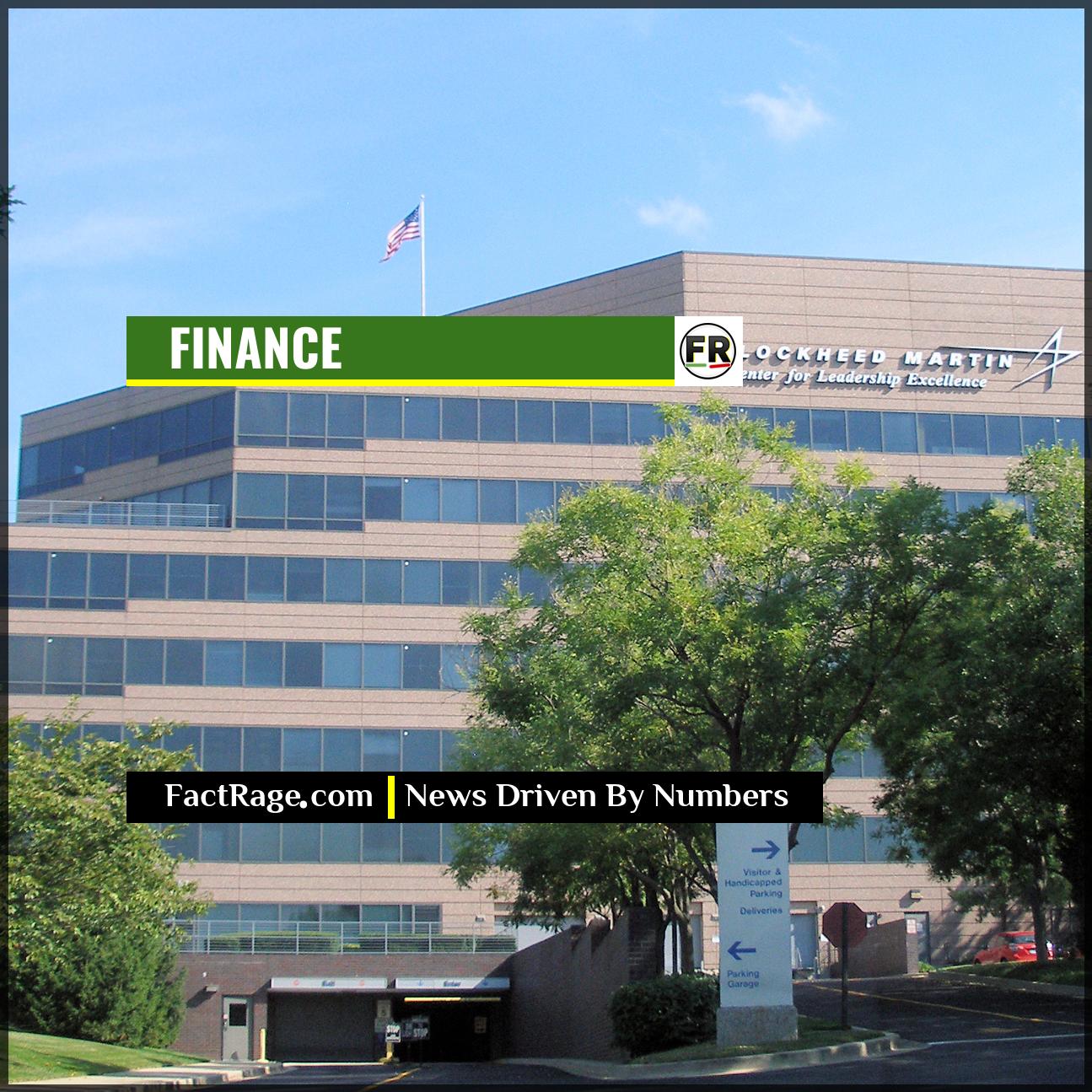HOLLYWOOD – Following months of speculation, Adam Sandler has confirmed that a script for “Happy Gilmore 2” is in the works, signaling another major studio bet on the powerful currency of 1990s nostalgia.
- Sequel Confirmed – Adam Sandler and co-star Christopher McDonald have both confirmed that a first draft for “Happy Gilmore 2” has been written, nearly three decades after the original’s release.
- A Wider Industry Trend – The project joins a growing list of ’90s and early ’00s reboots and sequels, including “Beetlejuice Beetlejuice,” “Twisters,” and “Gladiator 2,” as studios prioritize established intellectual property (IP).
- The Economic Rationale – This strategy is seen as a financially safer bet in a competitive market, as pre-existing franchises have a built-in audience, reducing marketing costs and risk for studios and streaming giants.
The return of the hot-headed hockey player-turned-golfer is more than just a trip down memory lane; it’s a prime example of a calculated business decision that has become central to Hollywood’s playbook in the streaming era. This focus on familiar titles raises a key question: what makes the past such a valuable commodity right now?
Hollywood’s Billion-Dollar Rewind
![]() While fans celebrate the return of a ‘90s comedy icon, the real story is playing out in studio boardrooms. The greenlight for ’Happy Gilmore 2’ isn’t just about rekindling fond memories; it’s a calculated financial decision in a high-stakes streaming war. In an uncertain market, Hollywood is placing its biggest bets on the most reliable asset it has: the audience’s past.
While fans celebrate the return of a ‘90s comedy icon, the real story is playing out in studio boardrooms. The greenlight for ’Happy Gilmore 2’ isn’t just about rekindling fond memories; it’s a calculated financial decision in a high-stakes streaming war. In an uncertain market, Hollywood is placing its biggest bets on the most reliable asset it has: the audience’s past.
Read On…
Here’s an analysis of how ’90s nostalgia became the industry’s safest investment and what that reveals about the economic pressures shaping what gets made.
Why Happy Is Heading Back to the Green
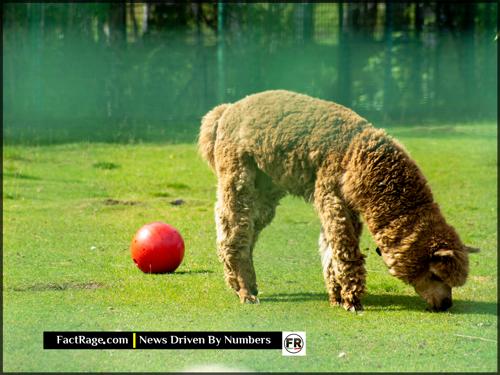
For years, a sequel to the 1996 cult classic “Happy Gilmore” has been a topic of fan desire and media speculation. That speculation has now solidified into reality. In recent appearances, Christopher McDonald, who famously played antagonist Shooter McGavin, has enthusiastically stated he has seen a first draft of the script. Shortly after, Adam Sandler himself confirmed the project was in development.
While details remain under wraps, the film would almost certainly find a home at Netflix, where Sandler’s Happy Madison Productions has a lucrative, multi-billion dollar production deal. The original film, made for a modest $12 million, grossed over $41 million worldwide and became a cultural touchstone through home video and cable television. Its enduring popularity makes a sequel a logical, low-risk move for both Sandler and the streaming service that relies on his brand of comedy to draw and retain subscribers.
How Nostalgia Became Hollywood’s Safest Investment
The greenlighting of “Happy Gilmore 2” is not an isolated event. It is a symptom of a much larger industry trend: mining the past for proven hits. In an era defined by the “streaming wars” and a volatile theatrical market, studios are increasingly risk-averse. Launching a new, original blockbuster requires massive marketing spend with no guarantee of success. A legacy sequel or reboot, however, comes with a pre-installed fanbase.
This strategy is visible across the industry. Warner Bros. is reviving a 36-year-old property with “Beetlejuice Beetlejuice.” Universal’s “Twisters” is a direct sequel to the 1996 storm-chasing hit. Paramount is revisiting ancient Rome with “Gladiator 2.” For streaming services like Netflix and The Walt Disney Company’s Disney+, familiar titles act as powerful draws, capable of cutting through the noise of an ever-expanding content library. They are reliable assets in a portfolio increasingly built on nostalgia.
What This Means for Today’s Audience
The success of this strategy hinges on a simple truth: the audiences who grew up with these films are now a prime consumer demographic. Millennials and older Gen Z viewers, who first saw “Happy Gilmore” on VHS tapes or cable reruns, are a key target for both cinemas and streaming platforms. For many, these films offer a form of “comfort viewing”—a reliable, enjoyable experience tied to positive memories.
This presents a fundamental dynamic for the entertainment industry. While studios gain financial security by betting on the past, it also prompts questions about creative originality. The current slate of reboots and legacy sequels suggests a belief that a familiar brand is more valuable than a new idea. The commercial performance of these upcoming projects will be the ultimate test of whether audiences’ appetite for nostalgia is infinite or if a demand for new stories will eventually reshape Hollywood’s approach once again.
The Nostalgia Playbook
![]() The return of Happy Gilmore is ultimately less about one character’s comeback and more about Hollywood executing its new favorite playbook. In an entertainment landscape fractured by streaming and defined by financial caution, proven nostalgia is no longer just a trend—it’s a core asset. The success of this strategy demonstrates that the past is a powerful commodity, leaving audiences to wonder how long the industry can thrive by looking in the rearview mirror before the demand for truly new stories forces a change in direction.
The return of Happy Gilmore is ultimately less about one character’s comeback and more about Hollywood executing its new favorite playbook. In an entertainment landscape fractured by streaming and defined by financial caution, proven nostalgia is no longer just a trend—it’s a core asset. The success of this strategy demonstrates that the past is a powerful commodity, leaving audiences to wonder how long the industry can thrive by looking in the rearview mirror before the demand for truly new stories forces a change in direction.








